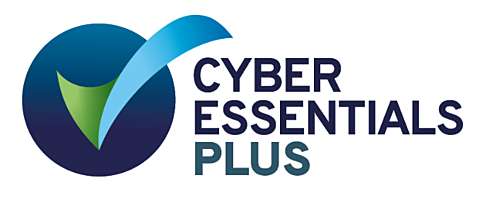Governing Investments
13 Dec 2021
Change required
A company-appointed trustee felt that the trustees were rather too passive when it came to the investment strategy. This individual trustee felt the trustee board wasn’t considering all their options and weren’t making the best use of their investment adviser. However, being a company-appointed trustee meant that there was a risk of perceived conflict and he recognised that can be just as damaging as the real thing.
The company appointed trustee felt fairly sure that fiduciary management was the best option for the scheme and, therefore, decided to challenge the trustees to undertake a detailed review of their investment governance.
We were appointed to facilitate this review, not because we are investment advisers but because, as independent governance experts we can really get under the skin of how a trustee board operates.
Our role was to undertake a detailed review of the governance arrangements and trustee structure ranging from the status quo, sole trusteeship and the implications for governance of full fiduciary management.
Reviewing the trustees
Governance reviews are about many things, including personalities and perspectives. We ran a series of interviews with each of the trustees, the key advisers and the company. We managed to schedule these for the same day, which gave us the added advantage of being able to hear issues, ideas and perspectives which could be incorporated into later interviews. Obviously, confidentiality was protected, but presenting an alternate view is a useful way of engaging trustees in discussion and prompting examination of their role and effectiveness.
We also decided to interview the member nominated trustees as a group at the same time. We often find that this encourages more debate and discussion of the issues rather than individual interviews. It feels less confrontational and can result in much more open dialogue about the effectiveness of the trustee board.
We gathered together all the insights we had gleaned through the interviews, and compiled a comprehensive report setting out the options, pros and cons and a recommendation for the trustees.
Making the appointment
As it happens, we reached the same conclusion through our analysis as the individual trustee who had sparked the exercise into life. We concluded that fiduciary management presented the best option for this particular scheme. The trustees were not investment experts, and were not really taking heed of, nor challenging, advice from their incumbent adviser. The advice from the incumbent was also a bit lacklustre and we felt their approach to the client wasn’t optimal for the scheme. This was a scheme of the right size for fiduciary management, and we could see benefits to them from the delegated model.
Through open conversation the trustees have recognised their lack of effectiveness in investment governance, and the need to take the necessary steps to address it.
Key learnings
- The potential for a conflict to arise, real or perceived, can prevent a trustee acting where they feel things could be improved. This is where external, independent facilitation can help identify the need for change.
- Interviews are a good way to seek views and having group interviews can encourage an open sharing of views and debate between trustees.
- There is a broad range of investment governance options to be considered, and this can make it a challenge knowing where to start. Think about what you want to achieve, and work from there.


